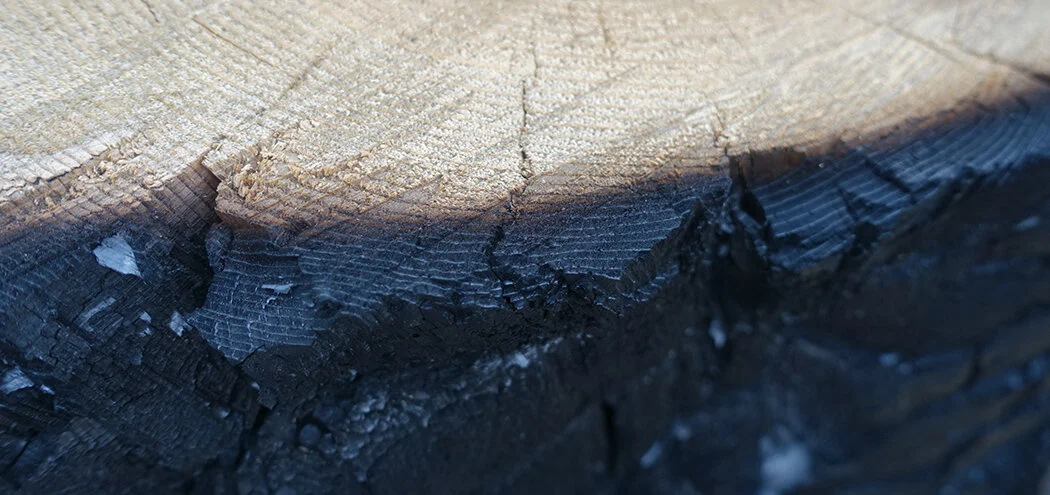James Koehler was a contemporary tapestry artist living and working in New Mexico. He was my teacher and the teacher of many other tapestry artists over a span of about 20 years. He passed away unexpectedly ten years ago today, March 4, 2011 at 58 years of age.
Many of you probably took classes from him also. Perhaps you visited his studio, were in a class with him through your guild or a conference, or were even one of his apprentices at some point.







